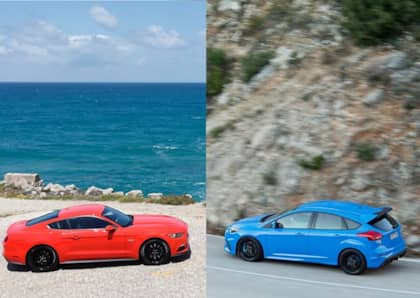Turn Up the Heat: 3 Lukewarm Hatchbacks You Can Heat Up On The Cheap
There’s no way around it: hot hatches are getting more expensive by the day. With top-tier options like the Honda Civic Type R and the Volkswagen Golf R starting at the $45,000 mark, and even vehicles like the GTI pushing past $30,000, many compact performance fans are casting an eye around for alternatives to these mainstream thrill machines.
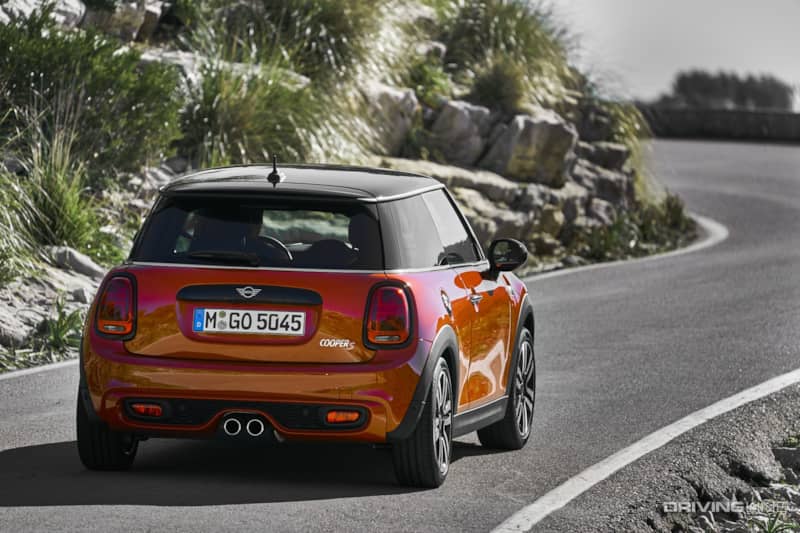
Fortunately, the proliferation of turbo technology across nearly every brand of automobile has delivered a number of “lukewarm” choices that are ripe to be warmed up through the judicious application of aftermarket parts and know-how. Here’s a look at three would-be hot hatches that can save you a bundle over a brand new option.
2019-2020 Hyundai Elantra GT Sport / N Line
When the most recent Hyundai Elantra GT arrived for the 2018 model year, it sat on the border between affordable daily driver and legitimate hot hatch. The Sport trim brought a fun, 201hp 1.6L four-cylinder engine to the table, and with 195 lb-ft of torque to match (and the choice between either a six-speed manual or a seven-speed dual-clutch automatic gearbox), it added spice to what had been an econo-minded platform.

Further upgrades were made to the Sport’s chassis, which moved from a torsion beam suspension at the rear to a multi-link setup, along with more aggressive tuning for the vehicle’s shocks and springs. For 2019 and 2020 the Sport was renamed the N Line, with pricing hovering around the $25k mark when new.
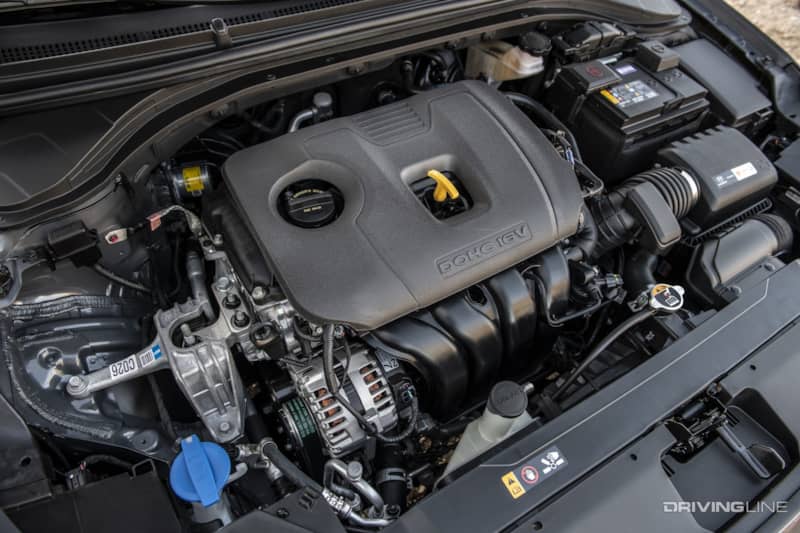
All of the above made for a fun, affordable daily driver, but the GT Sport / N Line wasn’t quite in the same category as the similarly-sized Volkswagen Golf GTI in terms of either straight line speed or handling. Fortunately, the aftermarket has stepped in to help with both of those issues.

Some of the most popular mods for the Elantra’s turbocharged engine include a fuel remap (available via a reprogrammed ECU or a piggyback controller), a larger turbo (borrowed from the Veloster N), and improved air induction and exhaust—typical fare for a forced induction motor that properly tuned will deliver close to 250 hp at the wheels. A height-adjustable coilover suspension and polyurethane bushings provide the best bang for the buck in terms of handling updates (along with a larger swaybar also cribbed from the Veloster N). Switching to a grippier tire, such as the Nitto NT555 G2, further helps to extract the most from the Elantra GT.
2014-2020 Mini Cooper S
The F56 generation Mini Cooper arrived roughly 10 years ago, and the sweet spot to target for an affordable hatch that responds well to upgrades is in the 2014 to 2020 model year range. The Cooper S of this era adds an extra cylinder versus the three-cylinder base Cooper, and the 2.0L unit provides 189 hp and 207 lb-ft of turbocharged torque. Transmission choices include a six-speed manual and either a six-speed automatic or seven-speed dual-clutch automated manual (with the DCT appearing in 2018). The Cooper S also features numerous suspension upgrades compared to the entry-level car.
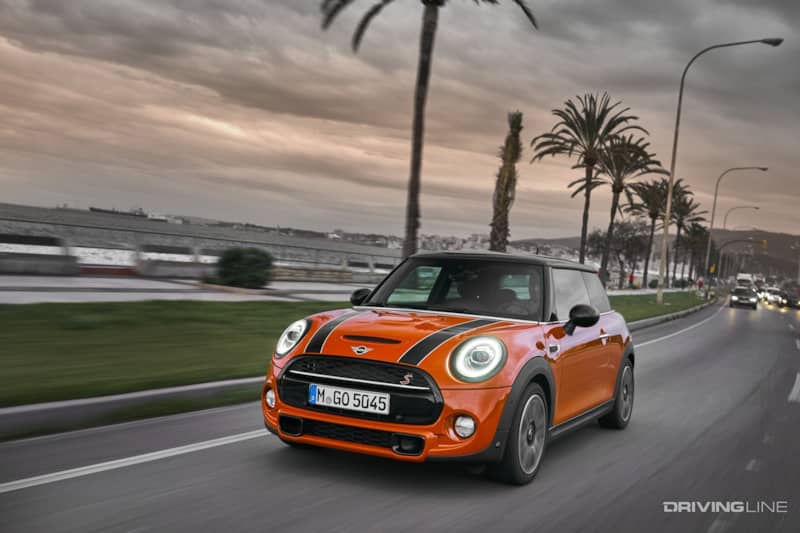
Concerns about reliability, and the car’s smaller and less practical footprint, have helped to push the Cooper S price tag down on the used market compared to its more premium as-new window sticker. That’s a bonus for buyers who can take those savings and pour them into mods, with a long list of companies offering full “stage” upgrade kits for the car along with a la carte options. Piggyback systems add as much as 40 to 50 horsepower with simple plug-and-play controllers, while a catback exhaust can add another 10 ponies to that figure. Other options include intercoolers and downpipes which when taken together can push the Cooper S up to 260 hp at the front wheels.
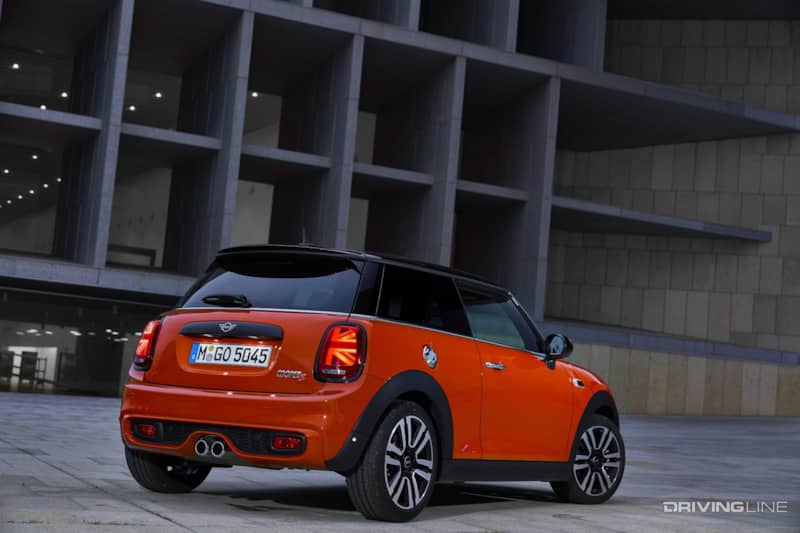
On the handling side, lowering springs and coilovers, and there are kits that provide full control over both rebound and compression (paired with adjustable control arms to ensure the correct camber settings).

Swaybar upgrades are also a popular choice, and if you choose to max out the vehicle’s suspension and power potential, you’ll need a serious tire upgrade (such as the Nitto NT05) to keep everything under control.
2021 Mazda 3 Turbo
When Mazda redesigned the Mazda 3 hatchback for 2019, it waited a couple of years before it introduced the most powerful engine option since the long-dormant Mazdaspeed 3 ruled the streets nearly 10 years beforehand. The new 2.5-liter turbocharged engine installed a massive 250 hp and 320 lb-ft of torque under the hood of the hatch, paired with standard all-wheel drive (and a six-speed automatic).
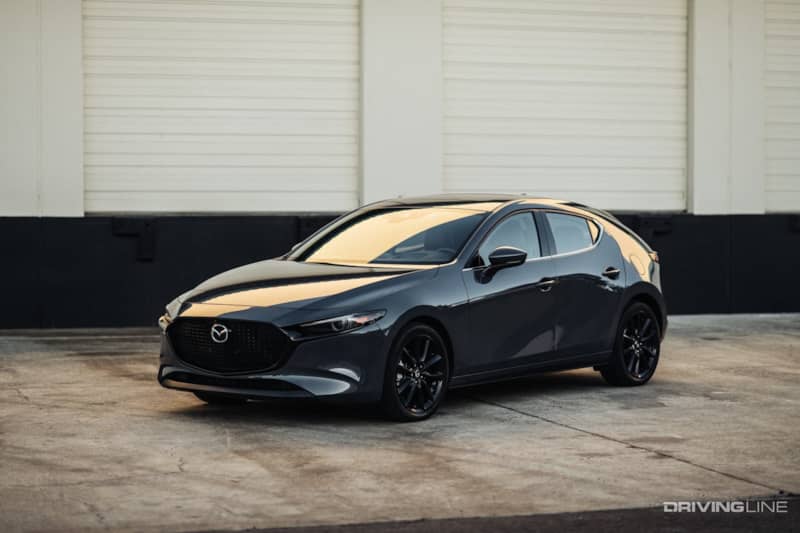
Despite all this muscle, Mazda has been relatively modest about advertising the 3 as a “hot” alternative to traditional choices like the GTI. Even more interesting? Despite its beefy power bump, a new Turbo starts in the mid-$30,000 range, which keeps it $10,000 back of the Honda Civic Type R. Used examples offer even more of a price differential, which makes them an appealing target for those seeking to build a compact performance car that delivers thrills at a discount.
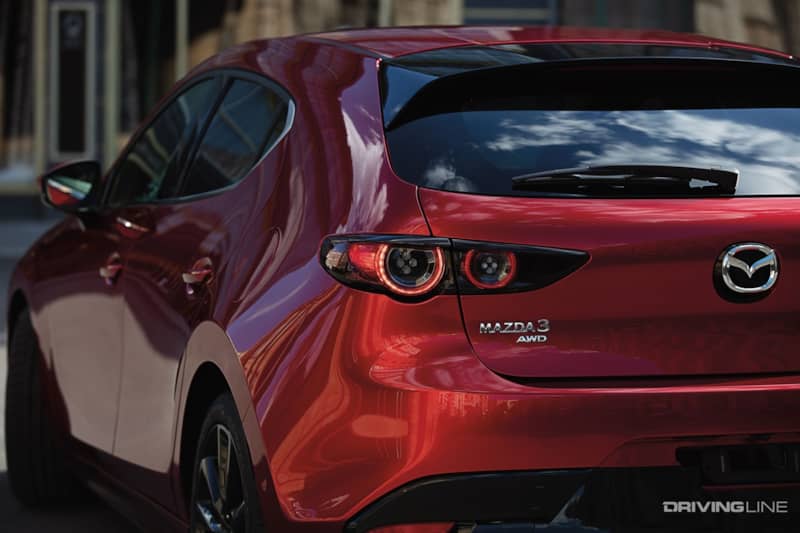
It’s still early in the Mazda 3 Turbo’s development cycle, but already companies are offering cold air intakes and performance exhaust options for the car, which will likely increase throttle response more than they will impact its (quite quick) 5.6 second factory run to 60-mph. The best gains are to be had in the handling department, as companies like CorkSport have developed camber plates, coilover kits, and thicker swaybars for the hatch that improve its cornering capability well above stock, pushing it closer to its more expensive rivals.
More From Driving Line
- Road Test Review: The 2023 Toyota GR Corolla Brings Turbocharged Rally Sound And Fury In An AWD Hot Hatch
- Review: The 2022 Hyundai Veloster N Comes With DCT Convenience, But Is It Still America's Most Fun Hot Hatch?
- 2019 Volkswagen Golf GTI vs. 2019 Volkswagen Golf R: Comparing The German Hot Hatch Twins Head-To-Head
- 2019 Hyundai Veloster N Blows the Hot Hatch Scene Wide Open







